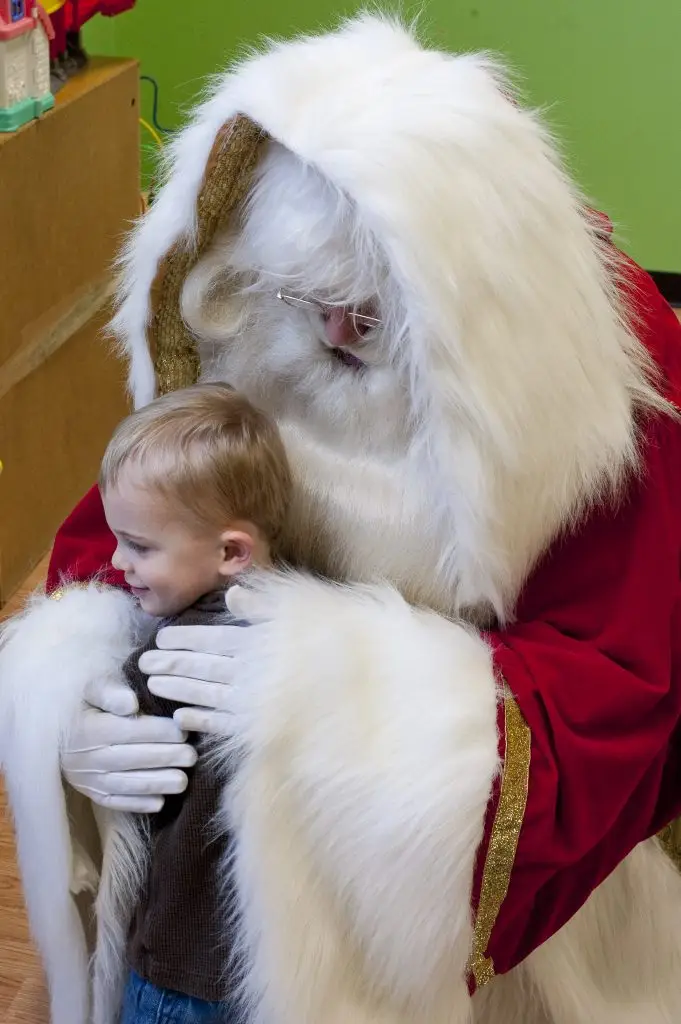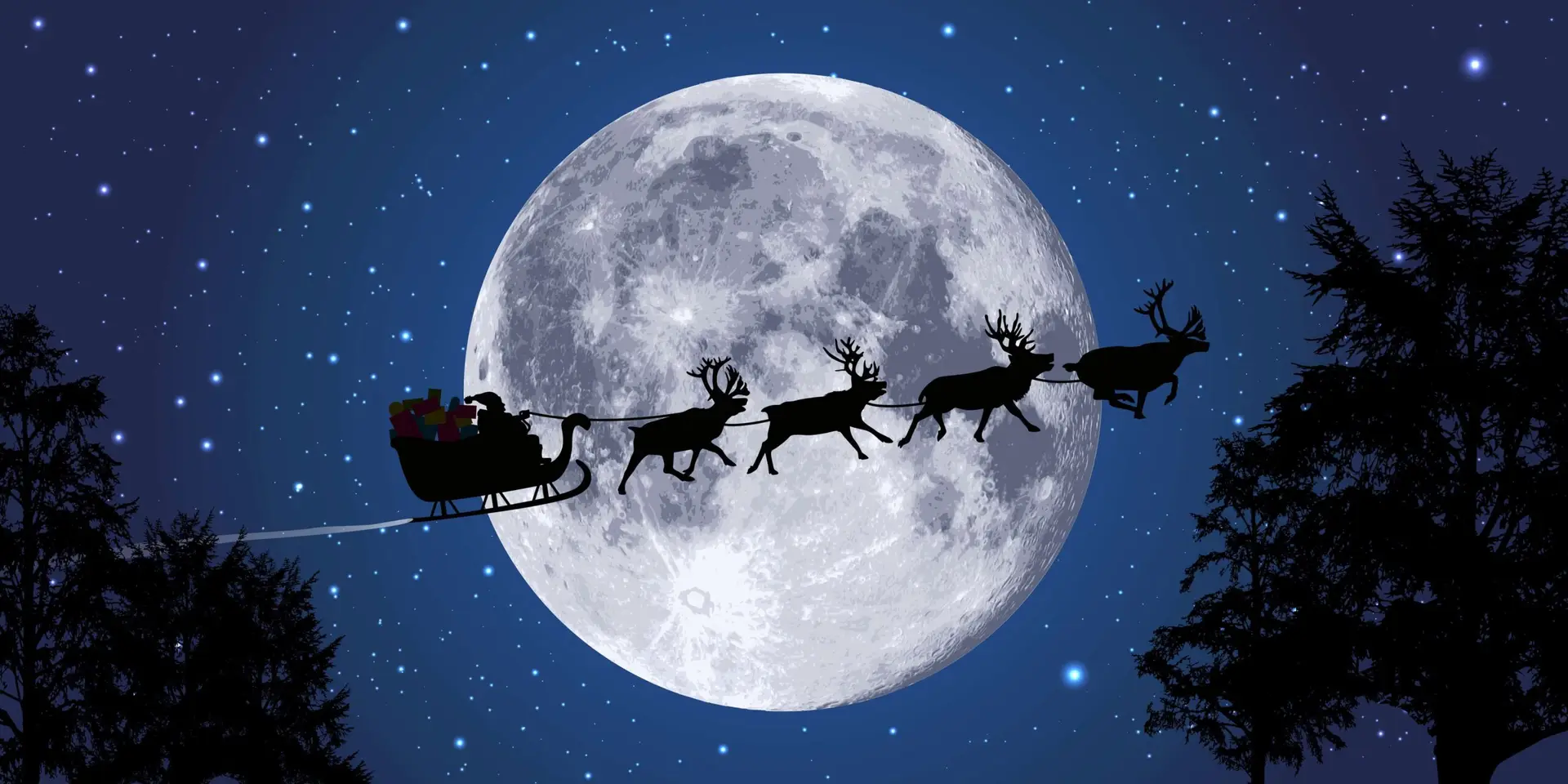
The Evolution of Santa: From Saint Nicholas to the Modern-Day Icon I am a Copilot Pro powered Chatbot created by Microsoft
Introduction
Santa Claus is one of the most recognizable and beloved figures in the world. His jolly appearance, with his red suit, white beard, and rosy cheeks, is instantly recognizable to people of all ages. But how did Santa Claus come to look the way he does today? The evolution of Santa’s appearance is a long and winding one, with influences from various cultures, traditions, and artists.
The Origins of Santa Claus
The origins of Santa Claus can be traced back to Saint Nicholas, a 4th-century bishop from Turkey. Saint Nicholas was known for his generosity and kindness, and he often gave gifts to children. Over time, his legend grew, and he became associated with Christmas.
The Influence of Various Cultures and Traditions
As Saint Nicholas’s popularity spread, his image began to change. In the Netherlands, he became known as Sinterklaas, a jolly old man who rode a white horse and delivered gifts to children on December 5th. In Germany, he became known as Weihnachtsmann, a bearded old man who wore a red suit and carried a sack of toys.

The Impact of Literature and Illustrations
Literature and illustrations have also played a major role in shaping Santa Claus’s appearance. In 1823, the poem “A Visit from St. Nicholas” by Clement Clarke Moore helped to popularize the image of Santa Claus as a jolly old elf who delivers gifts on Christmas Eve. In the 20th century, Santa Claus was featured in countless movies, television shows, and books. These depictions helped to solidify his image as a beloved holiday figure.
Marketing and Advertising
Marketing and advertising have also had a significant impact on Santa Claus’s appearance. In the early 20th century, Coca-Cola began using Santa Claus in its advertising campaigns. Coca-Cola’s depiction of Santa Claus as a jolly old elf with a red suit and white beard helped to popularize this image around the world.
Conclusion
The evolution of Santa Claus’s appearance is a fascinating story that spans many centuries. From his origins as Saint Nicholas to his modern-day depiction as a jolly old elf, Santa Claus has been influenced by a variety of cultures, traditions, and artists. Today, Santa Claus is a beloved holiday figure who is recognized and loved by people of all ages.
Key Milestones in Santa’s Evolution
- 4th century AD: Saint Nicholas, the bishop of Myra, is said to have given gifts to children on his feast day, December 6th.
- 12th century: Saint Nicholas’s popularity spreads to Western Europe, and he becomes associated with Christmas.
- 16th century: The Protestant Reformation leads to a decline in the popularity of saints, but Saint Nicholas remains a popular figure in the Netherlands.
- 19th century: Saint Nicholas is introduced to the United States by Dutch immigrants. His name is changed to Santa Claus.
- 1823: The poem “A Visit from St. Nicholas” by Clement Clarke Moore helps to popularize the image of Santa Claus as a jolly old elf who delivers gifts on Christmas Eve.
- 20th century: Santa Claus is featured in countless movies, television shows, and books. These depictions help to solidify his image as a beloved holiday figure.
- Early 20th century: Coca-Cola begins using Santa Claus in its advertising campaigns. Coca-Cola’s depiction of Santa Claus as a jolly old elf with a red suit and white beard helps to popularize this image around the world.
References
- The History of Santa Claus by Gerry Bowler
- Santa Claus: A Biography by David Colbert
- The Santa Claus Book by Tony Walsh

